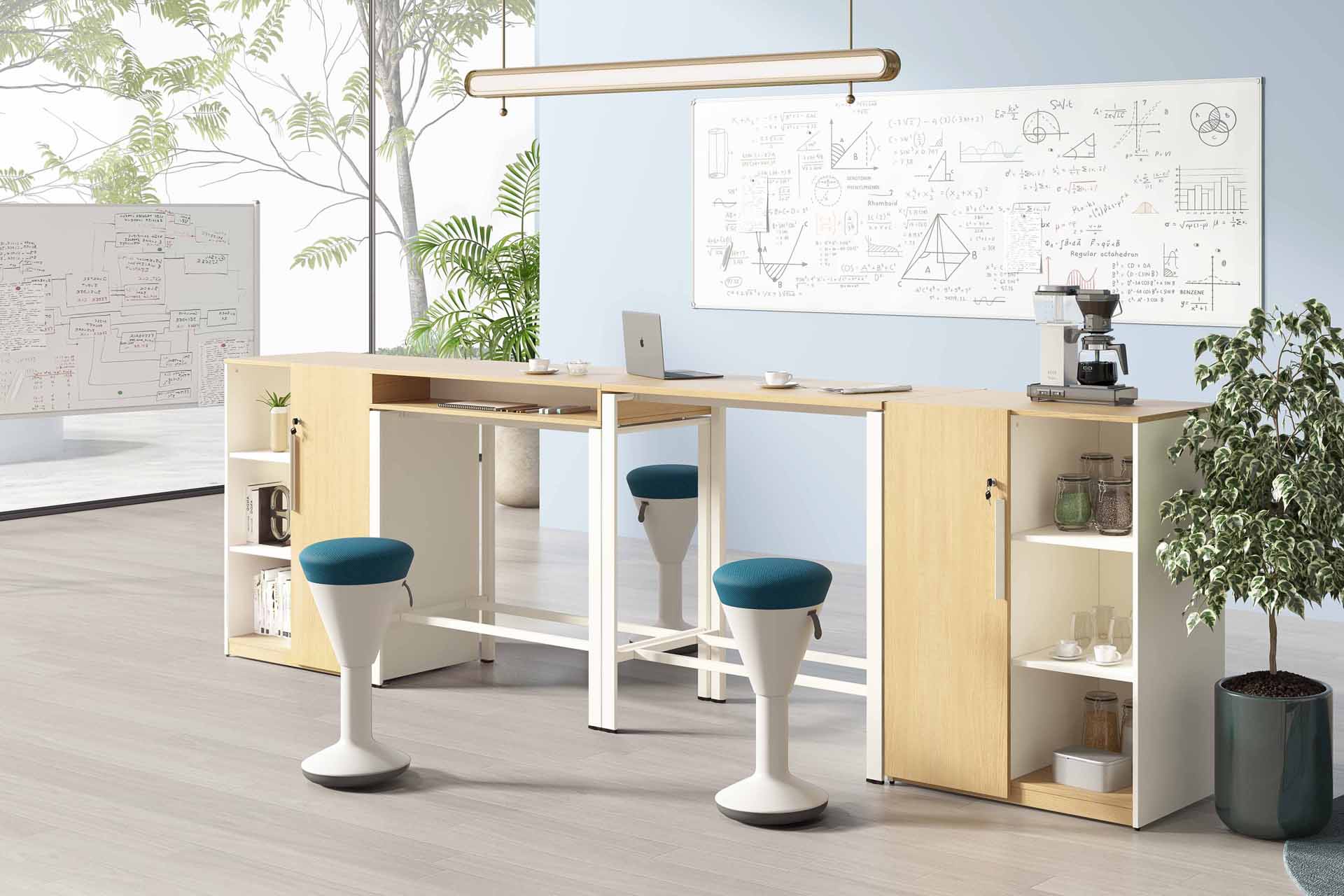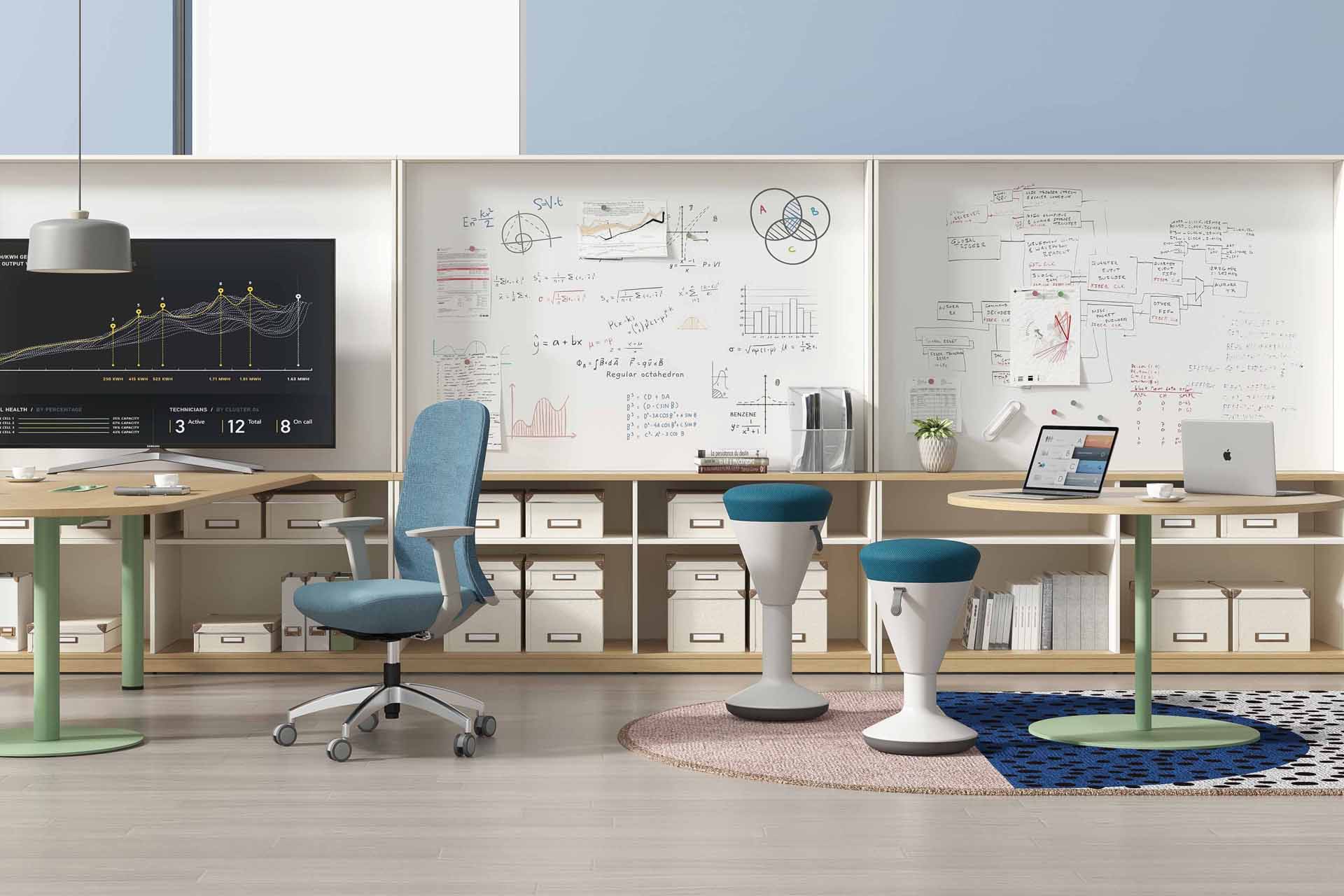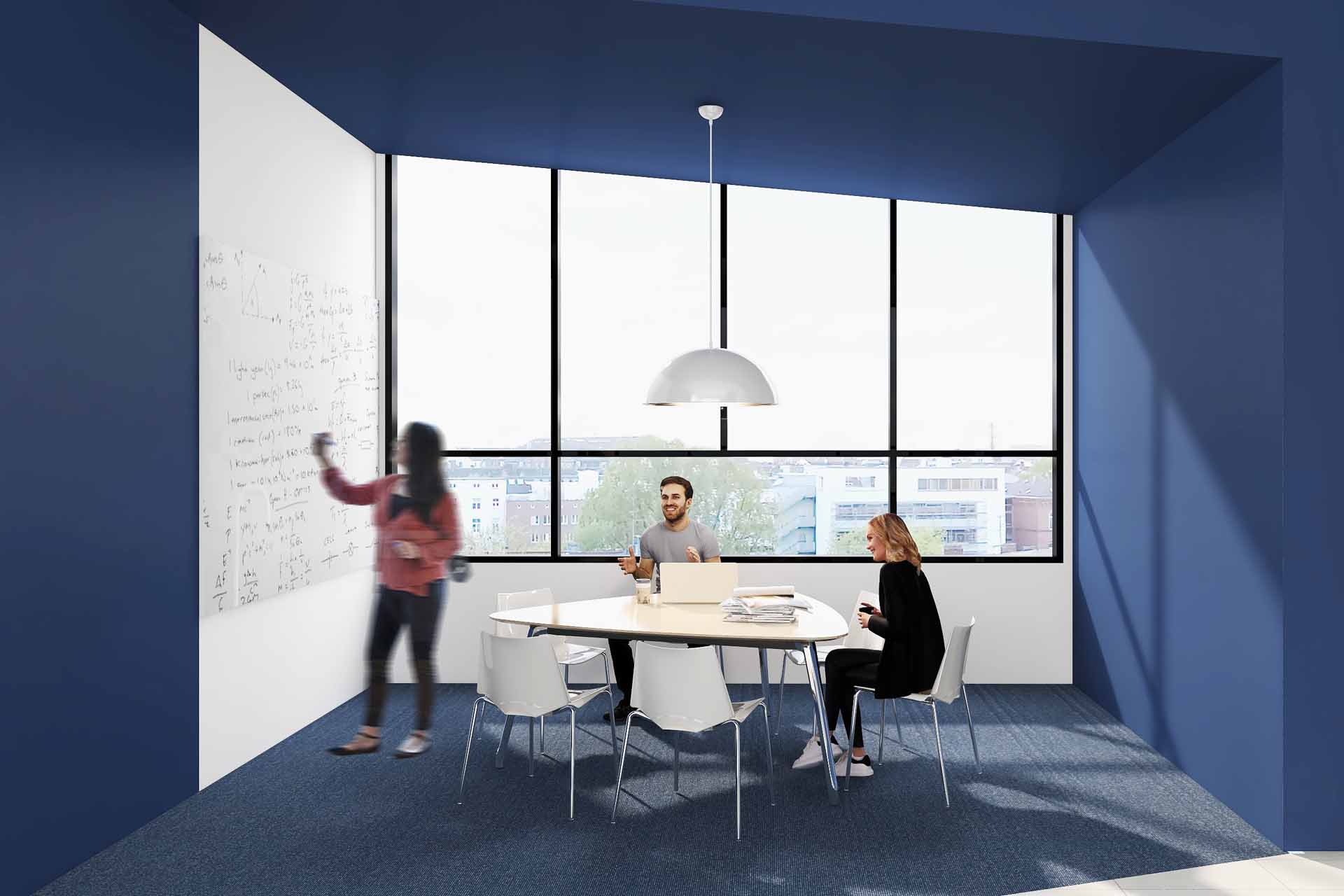
In project management, the idea of a war room has existed for a while. Regrettably, it is not a mandatory inclusion in office layouts. A war room is a tactically organised area where key decisions are made in collaboration. By fostering better communication both within the team, a war room at work may help with thoughtful and strategic responses.
As the name suggests, the name "war room" refers to the first time it was used, which was during the World Wars. Generals and other military commanders met in war rooms to plan tactics and plans for advancing the war. But now, it’s a crucial part of collaborative work.
A war room is not a meeting room. It is solely dedicated to projects and creative discussions. So, in terms of project management, what is a war room? A war room is often a private room in the office with whiteboards, tools and technologies to aid in strategy planning. It serves as a meeting place for project teams to exchange ideas and talk about project activity. Simply described, war rooms are locations where people gather information and take action.

Benefits of a War Room
Any budget may be used to create a war room, which will assist solve a number of workplace issues. Here are a few reasons why war rooms are so effective.
Better Communication and cooperation: Meeting in a war room is a more effective way to communicate than using the phone or email. Any other type of meeting might result in a lot of information being lost, thus it is preferable to meet in person. The likelihood of success can be increased if the team becomes closer and develops chemistry.
Promote Creativity: War rooms may be inspirational spaces to discuss ideas, despite the serious and ominous connotations of the phrase. A war room, which has lots of light, particularly natural light, and open areas, may be a place for quick action and the development of creative ideas.
Brainstorming ideas: By visualising ideas, one may assess their potential for success and viability. Using writing surfaces like glass-boards or whiteboards is a traditional way to present ideas to a group.
Visual data is more effective: Visual information can be shown on computers, whiteboards, notes and walls, making it considerably simpler and more efficient to see the data and facts. It would probably not be as effective if it were expressed in words as it is in its visual form.
Shared understanding: To ensure that everyone is on the same page, everything is posted on the wall. The more you write on the walls, the more understanding you create. You also waste less time talking about things that have already been explored.

How to create a great war room?
The quick transmission and display of data, together with the capabilities for innovative thinking and planning, are the fundamental characteristics of a war room. A war room might be a collection of high-tech tools or it could be simple and affordable. Here are some ideas for creating a successful war room.
Maximise surface area
The most crucial component is having enough space on the walls to display and visualise data while evoking the atmosphere of a battle room. Post all the information you need to remember, such as storyboards, drawings, project ideas, and deadlines, on the walls. You need a lot of room to store all that things. Whiteboards, windows, and bare walls on which to stick notes or write important points are all examples of this.
Integrated technology
The ability to easily gather and distribute information should be available in the war room. Data and power connections are necessary for contemporary technology, which permits the quick transfer of data. Power and data ports should be accessible throughout the area, and connections should be placed on (or under) work surfaces. Interactive whiteboards have the potential to be excellent team collaboration tools.
Flexible furniture
A war room can’t have a fixed layout. There are several circumstances that call for a war room. People occasionally might need to use a desk for writing or move around and discuss ideas. Flexible work modes mean Flexible furniture. The ideal war room contains lightweight or mobile furniture for easy movement.

No distractions
There shouldn't be any distractions in the war room that might cause employees to lose concentration, and the project is made the team's top priority. It should be a isolated space away from the staff workstations. To reduce distractions, the team members should leave their phones outside the meeting space.